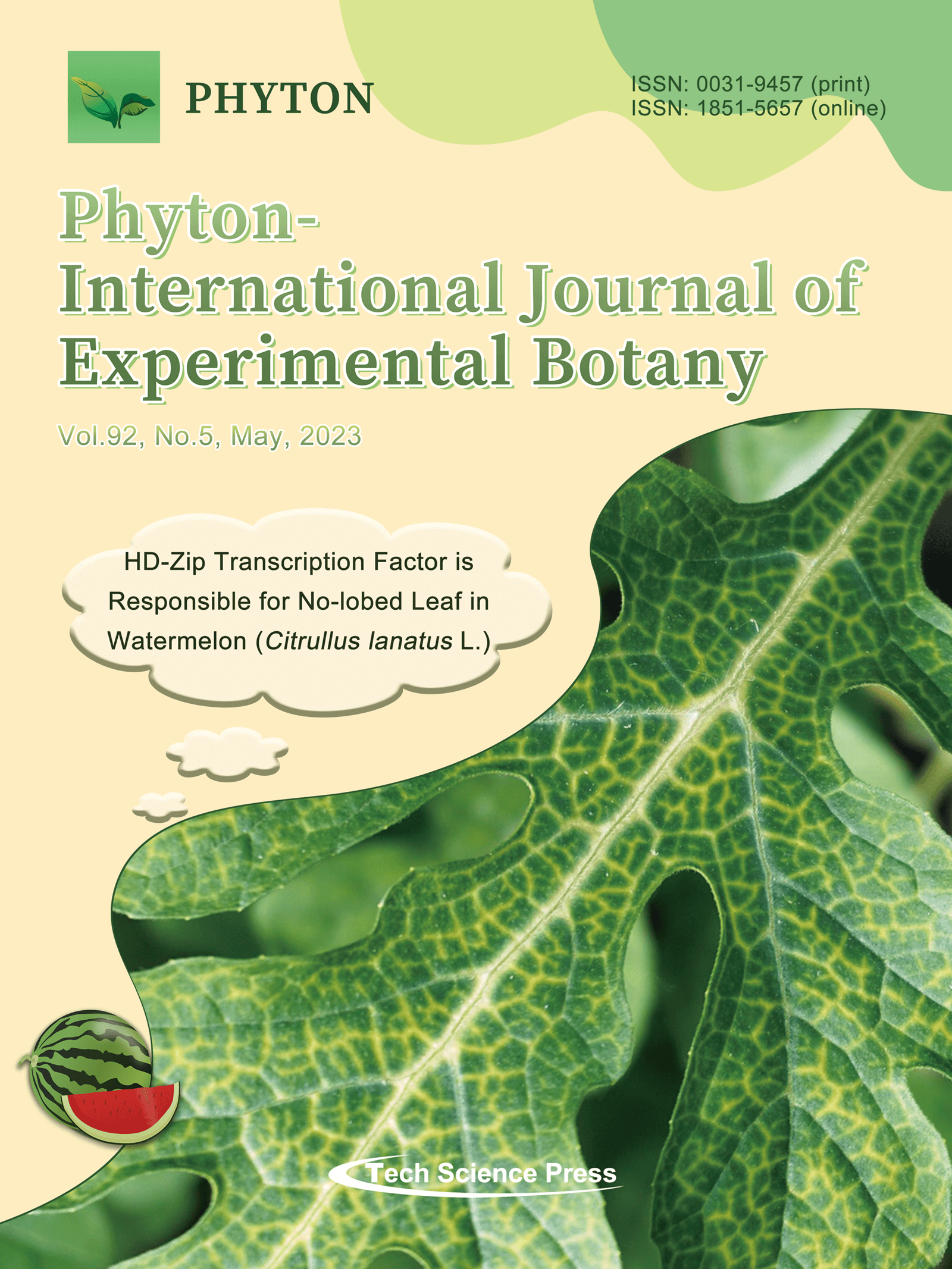Anatomical and Molecular Identification of Ornamental Plant Ficus L. Species
Abtisam Binnoubah1, Rim Hamdy2, Osama G. Ragab3, Ahmed M. El-Taher4, Ahmed Abou El-Yazied5, Fatmah A. Safhi6,*, Hala A. Elzilal7, Ashwaq T. Althobaiti8, Salha M. ALshamrani9, Diaa Abd El Moneim10, Ahmed El-Banhawy11
Phyton-International Journal of Experimental Botany, Vol.92, No.5, pp. 1329-1347, 2023, DOI:10.32604/phyton.2023.026888
- 09 March 2023
(This article belongs to the Special Issue: Plant–Environment Interactions)
Abstract This present study includes twelve species that represent the Ficus genus, namely; aspera, carica, tinctoria subsp.
gibbosa, hirta, hispida, neriifolia, palmata, pumila, racemosa, septica, sur, and sycomorus, belonging to the Moraceae family. The species samples were collected from various locations in Egypt. The study focused on the anatomical and molecular characteristics of mature foliage leaves. Since the identification and classification of taxa are
highly dependent on the anatomical features of leaves, the anatomical characteristics were recorded in the form of
a comparison between the examined plants in the data matrix. This study aims to contribute to the identification
of the studied species… More >
